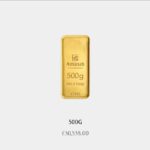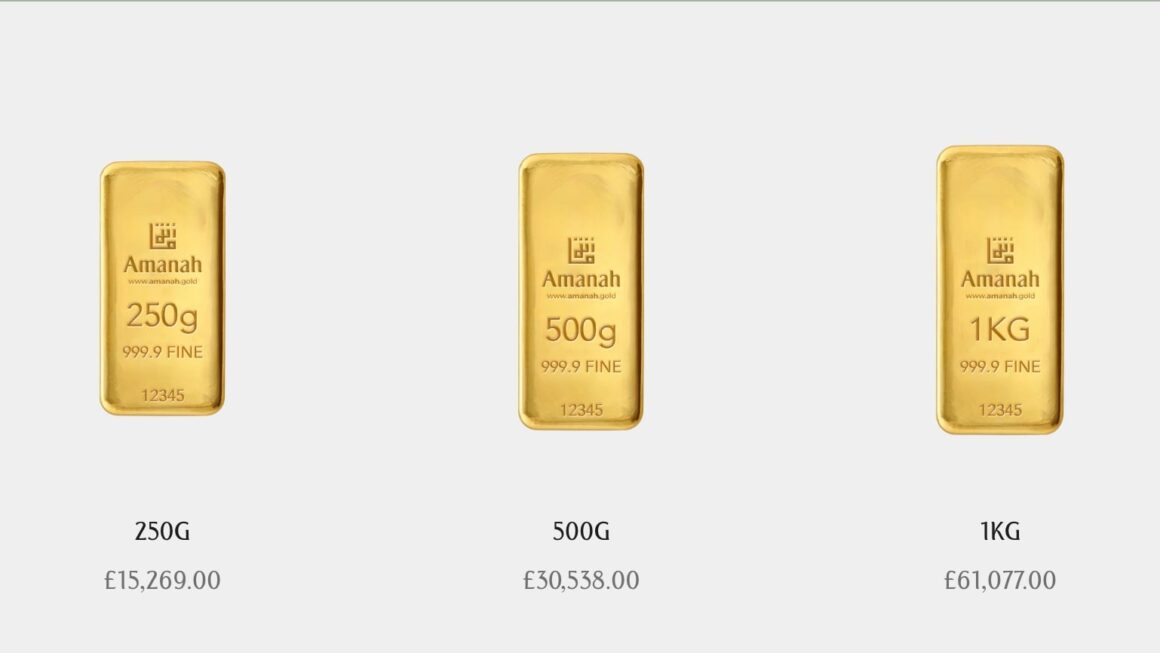Introduction
Silver is one of the most popular and widely traded precious metals in the world, with a variety of uses in industries ranging from electronics to solar panels. However, recent market trends have led to a major supply deficit for silver bullion, causing concern among investors and industry experts alike. In this article, we will examine the causes and consequences of this deficit and offer some insights on what it means for the future of silver prices.
What is a Supply Deficit?
A supply deficit occurs when the demand for a commodity exceeds the supply available for purchase. In the case of silver bullion, this means that there is more demand for physical silver than there is available supply for purchase on the market. This can happen for a variety of reasons, including changes in industrial demand, shifts in investor sentiment, and fluctuations in currency exchange rates.
Causes of the Silver Bullion Deficit
There are several factors contributing to the current supply deficit for silver bullion. One major factor is the increased demand for physical silver in the wake of the COVID-19 pandemic. As investors seek safe-haven assets during times of economic uncertainty, many have turned to silver as a way to protect their wealth. This has led to a surge in demand for physical silver, which has outpaced the available supply on the market.
Another factor contributing to the silver bullion deficit is the decline in mining production. Many of the world’s largest silver mines have seen a drop in production in recent years, due to a variety of factors including declining ore grades and labor disputes. This decline in production has made it more difficult for refiners to acquire the silver they need to meet demand, further exacerbating the supply deficit.
Consequences of the Silver Bullion Deficit
The supply deficit for silver bullion has several consequences for both investors and industry stakeholders. One of the most immediate consequences is an increase in the price of silver. As the supply of physical silver becomes more scarce, investors are willing to pay higher prices to acquire the metal, driving up the market price.
Another consequence of the silver bullion deficit is an increase in demand for silver substitutes. As the price of silver rises, manufacturers and industrial users may turn to other metals, such as copper or nickel, as a substitute for silver in their products. This could have long-term implications for the silver market, as a shift in demand for substitutes could further depress the already-limited supply of physical silver.
What Does the Future Hold?
The future of the silver bullion market is uncertain, but there are several trends that could shape its trajectory in the coming months and years. One potential driver of increased silver demand is the growing popularity of electric vehicles, which rely on silver for their electrical components. Additionally, if inflation continues to rise, investors may continue to turn to silver as a hedge against inflation, further driving up demand.
On the supply side, there are several factors that could impact the availability of physical silver in the market. One of the most significant factors is the decline in mining production, which could continue to limit the supply of physical silver in the coming years. Additionally, changes in government policies, such as import/export regulations and taxes, could impact the availability of silver in different regions of the world.
Conclusion
The supply deficit for silver bullion is a complex issue with far-reaching implications for investors and industry stakeholders. While the exact trajectory of the silver market is difficult to predict, there are several trends and factors that could shape its future. As always, investors should carefully consider their investment goals and risk tolerance before making any decisions in the silver market.
FAQs
Q: What is silver bullion? A: Silver bullion refers to physical silver bars or coins that are traded for investment.
Q: Is the supply deficit for silver a recent phenomenon? A: While the current supply deficit for silver bullion is certainly significant, there have been periods of supply shortage in the past. For example, in the late 1970s and early 1980s, the price of silver spiked due to a supply deficit caused by a surge in demand for physical silver from investors.
Q: How can investors take advantage of the silver bullion deficit? A: Investors looking to take advantage of the silver bullion deficit may consider investing in physical silver or silver-based exchange-traded funds (ETFs). However, as with any investment, it is important to carefully consider the risks and potential rewards before making a decision.
Q: What is the difference between silver bullion and silver coins? A: Silver bullion typically refers to bars or rounds of pure silver, while silver coins may have a certain percentage of other metals mixed in with the silver content. Additionally, some silver coins may have numismatic value in addition to their intrinsic silver value.
Q: Is the silver bullion deficit likely to continue in the future? A: It is difficult to predict the exact trajectory of the silver bullion market, but many industry experts believe that the supply deficit could continue in the coming years due to a variety of factors, including declining mining production and increasing demand from a variety of industries.
Q: Should I invest in silver bullion? A: Whether or not to invest in silver bullion is a decision that should be based on individual investment goals and risk tolerance. While silver can be a valuable addition to a diversified investment portfolio, it is important to carefully consider the risks and potential rewards before making a decision.














